MARQUETTE PARK, MILLER BEACH, GARY, INDIANA
Landmarks : No. 8
Date Registered: Jul 27 1996
Octave Chanute arrived at Miller Beach, Gary, Indiana, on June 22, 1896, to perform gliding flight experiments in the dunes just west of this site. Over 700 successful flights provided him with significant aerodynamic data. Chanute willingly shared his data enabling the Wright brothers and other pioneers to develop powered flying machines. This marker is dedicated to Chanute and his assistants whose gliding experiments here helped make sustained flight a reality.
11 September 1896
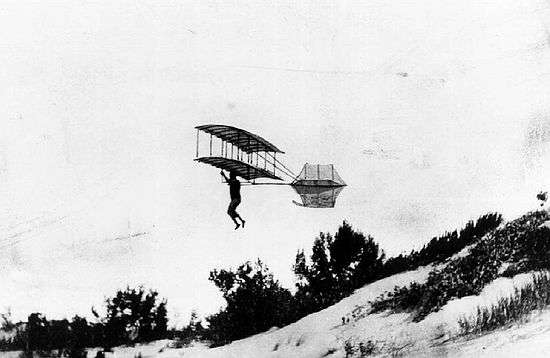
With the high wind the practice was full of excitement for beholders. One wholly new freak of the air was experienced by Mr. Augustus M. Herring when his machine rose with a sudden gust forty feet higher than his starting point, then coming to a sudden poise, balanced like a bird, swooped at a right angle, traveled a long journey and then alighted gracefully upon a hillside.
Octave Chanute
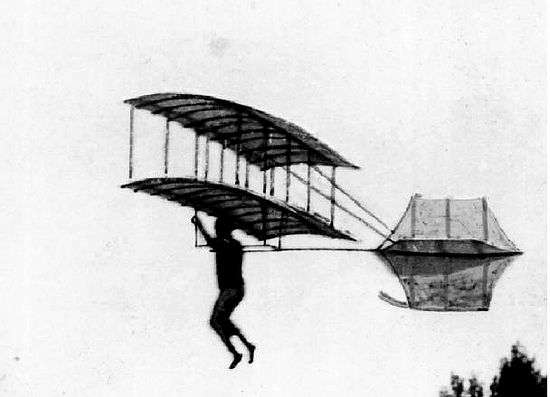
Octave Chanute and his team experimented with this biplane for several weeks. On 11 September 1896, the wind was 25-30 miles, blowing directly on teh dunes along the southern shore of Lake Michigan. The longest flight by Augustus M. Herring was 10.3 seconds, covering a distance of 235 feet; William Avery flew for 10.2 seconds, covering a distance of 256 feet.
Gary, Indiana
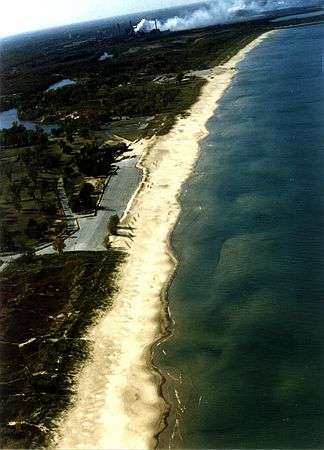
Aerial view of the dune country just east of Gary, Indiana.
Souvenir Glider Mail
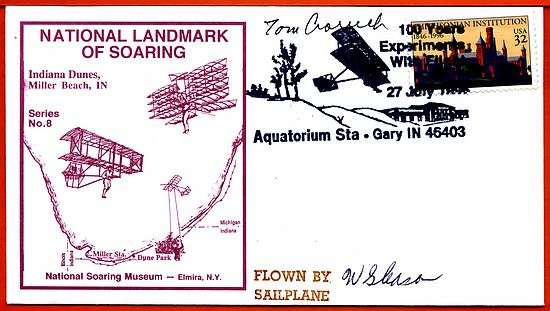
Souvenir glider mail was flown from Park Forest South, Illinois, to the Marquette Beach in Miller by Wally Gleason and Kenny Ruffin in a Schweizer 2-33 sailplane.
Chanute-type Replicas
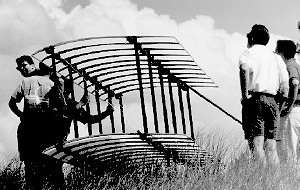
Two Chanute-type replicas were flown as part of the dedication ceremony. Paul Dees built a copy of the original ship, while Dr. Kevin Kochersberger and his students from the Rochester Institute of Technology built a "carbon copy" using modern materials. The RIT replica is now on display at the National Soaring Museum.
Paul Dees' Machine
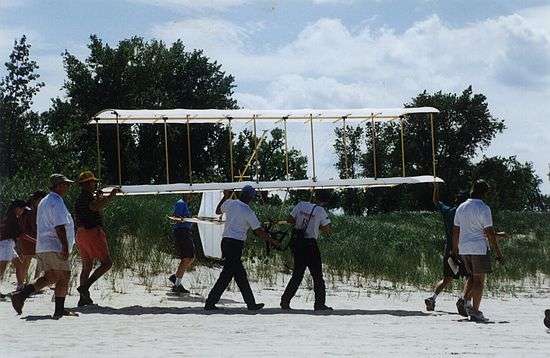
Paul Dees' machine getting carried to the launch site. This "original" replica is now on display at the Museum of Flight, Seattle, Washington.